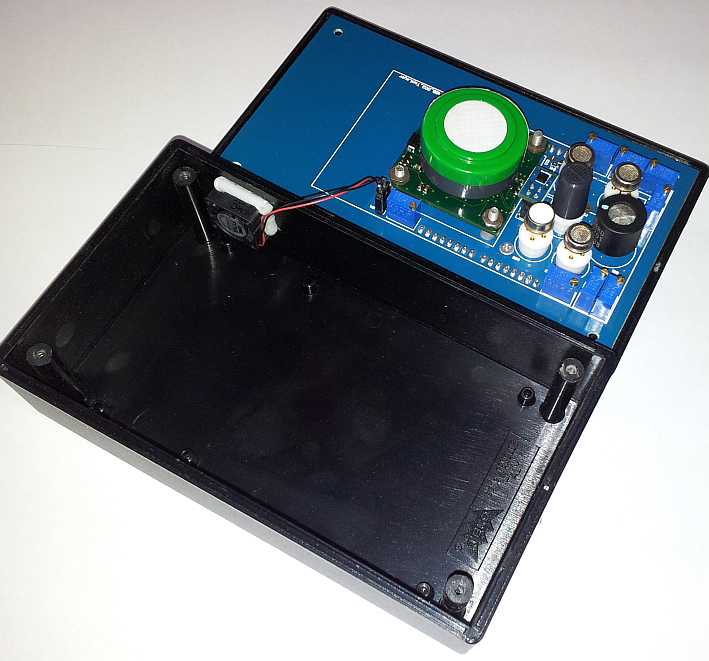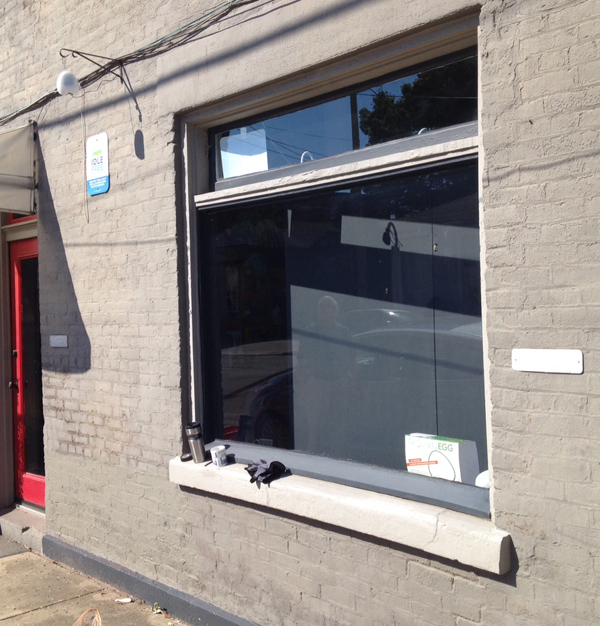Citizen science efforts expand monitoring programs but come with risks

A crowd in Louisville, Kentucky (Credit: Ken Mist, via Flickr/ CC BY 2.0)
Sometimes the best way to monitor the quality of the environment where regular folks live, work and play is to give them the power to monitor it themselves. So-called citizen science is making waves in the environmental monitoring community as the devices used to collect and report data shrink in size and cost year after year.
Crowd-sourced science comes in many forms with as many objectives. In California, members of North Coast tribes worked with scientists to monitor marine protected areas. Researchers from the University of North Carolina Wilmington built a database where beachgoers and boaters can report jellyfish sightings. And scientists from North Carolina and Florida had a little help from cookie-carrying citizens with mapping ant distributions in the U.S.
Citizen science projects can be hard to orchestrate, and the risk for loss can be substantial. When an experiment requires cooperation between dozens, hundreds or thousands of researchers and laypersons — not to mention the use of monitoring instruments — it’s not uncommon to burn some money and shed a few tears while the kinks are worked out. However, Vittorio Loreto, EveryAware project coordinator for the ISI Foundation in Turin, says there are some keys to success when it comes to crowd-sourcing a data-driven project.
“A lot of citizen science projects fail simply because the activities proposed are perceived as an interesting curiosity at the outset, but no more than this on the long term,” Loreto said. “This means that a good citizen science project should be sustainable.”

The EveryAware sensor box (Credit: EveryAware)
In Europe, the EveryAware project provided residents of four major cities across the continent with portable sensor boxes to detect air quality and noise pollution. The project took on elements of a social experiment by allowing participants to play data-based games and share their subjective perspectives with other users through a smartphone app. Air and noise pollution results were then visualized in an online map. By the end of the project, Loreto said he received many inquiries about purchasing the sensor boxes. Unfortunately, the EveryAware team could not comply.
“Though EveryAware had a lot of good points, I’m not sure we managed to get the project really sustainable,” Loreto said. “The sensor box, though calibrated and accurate, is not yet available for sale. On the other hand, all the tools (including apps, web-services, etc.) are released under an open license and can be adopted by everyone.”
A recent effort in Louisville, Kentucky took a slightly different approach to citizen monitoring. Rather than distributing hundreds of sensors to volunteers, the Institute for Healthy Air, Water and Soil worked with Wicked Device LLC and launched a Kickstarter campaign for Wicked’s Air Quality Egg, an indoor-outdoor monitoring station capable of reading nitrogen dioxide, carbon monoxide, temperature and humidity.

An Air Quality Egg hangs above a citizen scientist’s window (Credit: Institute for Health Air Water and Soil)
The first eggs were debuted at a cocktail supper in April before 200 people, including Louisville’s mayor, Greg Fischer. Attendees were invited to sponsor eggs to donate to the project, and raised enough money for 100 of the devices to be placed around the community. The eggs transmit readings to a web-based air quality map, where the data are augmented by EPA AirNow measurements. Loreto contends that this merging of sources is vital to the success of a monitoring project.
“For projects of data gathering, it is important that some bottom-up collected data are meshed up with data released by official authorities,” Loreto said. “In this way, citizens would have the perception that their work is not only a nice exercise, but it could have an impact on the long-term.”
Though the air quality map focuses on Louisville, it features AirNow data from across the country. By working with a commercially available product, the Louisville Air Map project showed an initiative toward sustainability — the project is ongoing, and anyone can purchase a device anytime for the foreseeable future. But the Institute found that the biggest crack in the project turned out to be the eggs themselves.
“We’re able to see on scale the things that customers can’t see, because a customer with one unit can’t see the range of issues that a person with 80 of them can,” said Ted Smith, executive director of the Institute for Healthy Air, Water and Soil.
The devices simply don’t provide consistent results. Smith said the Institute is working to exchange their stock with improved next-gen models of the egg. When the newer models are in place, Smith believes the Louisville approach to mapping air quality — with a location-based grid — will provide excellent results.
“If you take a place-based strategy rather than a person-based strategy, you begin to inform very specific questions about what it’s like to live near an interstate interchange, or what it’s like to live in a community with zero carbon footprint,” he said.
But what about the impact of cost to the citizens? While EveryAware issued free sensors to participants, the Louisville Air Map project required would-be scientists to pay around $200 for their eggs. Though 100 eggs were sponsored at the launch event alone, the cost could act as a barrier of entry to others. But it also helps offset a problem that Loreto said can hamper the sustainability of any research: lack of funding.
Regardless of specific methodology, nearly all citizen monitoring projects help inform the public about the world in which they live. And the best projects, both Loreto and Smith insist, give citizens leverage to improve their own environment — whether by influencing noise management plans at a major London airport or making a city safer for asthma sufferers.
“My goal is very much to have people understand air quality,” Smith said. “We want to make it approachable, we want to make it easy.”
“We’re focused on community empowerment,” he said.
Top image: A crowd in Louisville, Kentucky (Credit: Ken Mist, via Flickr/ CC BY 2.0)





0 comments